With Xiaomi releasing four versions of their 2021 Mi 11 smartphone, the Mi 11 Pro sits between the flagship Mi 11 Ultra and standard Mi 11 in the line up. At the time of writing the Mi 11 Pro isn’t set for a global release however, with the device exclusive to the Chinese market.
Basic phone specs include the top-end Snapdragon 888 chipset with up to 12 GB RAM and 256 GB storage. There’s also a large 6.81-inch WQHD display with 120 Hz refresh rate and 100% of the P3 color gamut. To keep that all running the Mi 11 Pro is fitted with a 5000mAh battery that boasts both wired and wireless 67 W charging.
For photography, the device features a triple camera set up including standard wide, ultra-wide and telephoto modules. That’s something of a downgrade from the Mi 10 Pro, which included two tele lenses in a four camera set up. The sole tele lens on the Mi 11 Pro is a 120mm-equivalent periscope style lens offering 5x optical zoom, making it an interesting option for long lens enthusiasts.
For video enthusiasts, the Mi 11 Pro’s top billing is 8K/24fps capture, with 4K at variable 30/60fps, and either 1080p or 720p up to a whopping 1920fps for slow-motion effects. We tested it at 4K 60fps variable. Video features also include gyro-EIS stabilization and HDR10+ recording.
Let’s find out how the scores for the Xiaomi Mi 11 Pro look in our DXOMARK Camera test review.
Key camera specifications:
- Primary: 50 MP 1/1.12-inch sensor, 1.4µm pixels, with 24mm-equivalent f/2.0-aperture lens, Dual Pixel PDAF, OIS
- Ultra-wide: 13 MP sensor, 16mm-equivalent, 123° field-of-view, f/2.4-aperture lens
- Tele: 8 MP sensor, 120mm-equivalent, 5x optical, f/2.4-aperture lens
- Video: 4320p (8K) at 24fps, 2160p (4K) at 30/60fps (variable), 1080p at 30/60fps, (2160p/30fps tested), gyro-EIS, HDR10+
About DXOMARK Camera tests: For scoring and analysis in our smartphone camera reviews, DXOMARK engineers capture and evaluate over 3000 test images and more than 2.5 hours of video both in controlled lab environments and in natural indoor and outdoor scenes, using the camera’s default settings. This article is designed to highlight the most important results of our testing. For more information about the DXOMARK Camera test protocol, click here. More details on how we score smartphone cameras are available here.
Test summary
Scoring
Sub-scores and attributes included in the calculations of the global score.
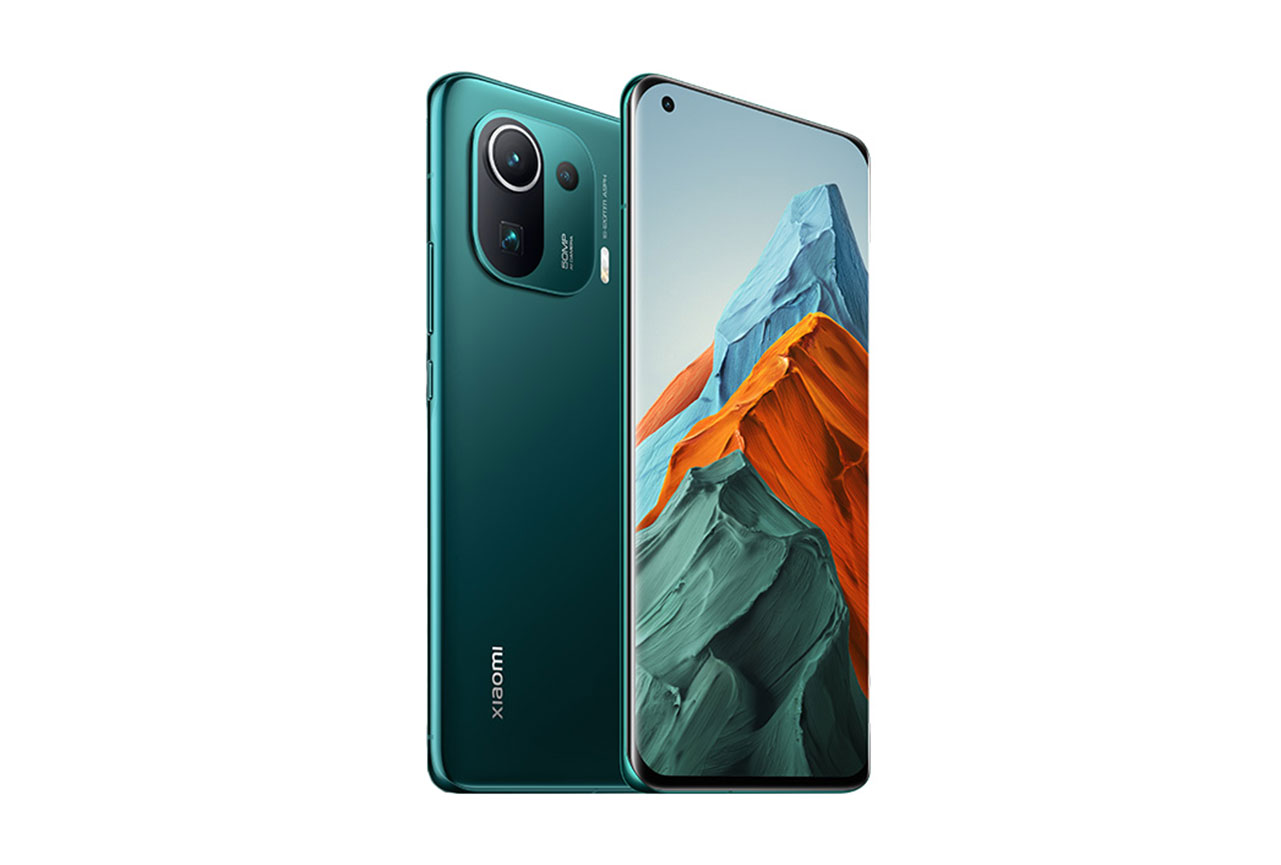
Xiaomi Mi 11 Pro


Use cases & Conditions
Use case scores indicate the product performance in specific situations. They are not included in the overall score calculations.
Outdoor
Photos & videos shot in bright light conditions (≥1000 lux)
Indoor
Photos & videos shot in good lighting conditions (≥100lux)
Lowlight
Photos & videos shot in low lighting conditions (<100 lux)
Friends & Family
Portrait and group photo & videos
Pros
- High detail, especially in outdoor photos and videos
- Well-controlled noise in most photos
- Accurate exposure with wide dynamic range in photos and videos
- White balance is mostly accurate in photos and videos
- Good detail and pleasant rendering in close- and long-range tele photos
- Bokeh performance is stable in most lighting conditions
- Effective video stabilization
Cons
- Slow autofocus in HDR and low light photos
- Video autofocus instabilities
- Exposure and white balance instabilities in photos
- Visible tone compression in some HDR photos
- Ghosting, hue shift and color quantization artifacts often visible in photos
- Slight chromatic noise visible in most photos
- Strong noise on moving subjects in low light videos
- Color quantization and moiré artifacts often visible in videos
- Difference between frame sharpness in low light videos
Achieving an overall score of 128, the Xiaomi Mi 11 Pro is the new top-ranked device in our Premium segment of smartphones costing between $600 to $799. In this price range the Mi 11 Pro performs better than the OnePlus 9 and Samsung Galaxy S21 5G thanks to improved exposure with remarkably good dynamic range, as well as excellent fine detail preservation with well-controlled noise. Autofocus is something of a weakness however, with both focusing failures and a noticeable shutter lag when shooting under challenging low or HDR lighting conditions.
Interestingly this latest device achieves the same overall score as its quad-cam predecessor, but there are some notable differences in performance. The main camera on the Mi 11 Pro surpasses the quality of the Mi 10 Pro with improved exposure, lower noise, and a more accurate preview image. Thanks to its two tele lenses however, the Mi 10 Pro is more consistent for zoom shots and noticeably better at medium-range. With only a standard wide-angle and long 120mm lenses to work with, the Mi 11 Pro struggles a little around the 70- to 140mm-equivalent range where shots lack detail. It’s pretty good for close and long-range zoom shots though.
The Xiaomi Mi 11 Pro also becomes the new top device for video in our Premium ranking. Its variable 30/60 frame rate setting is a useful feature for maximizing video image quality across different lighting conditions when shooting in 4K. As a result, the device maintains excellent video detail in all conditions, and noise is generally well-controlled except in very low light where it’s often noticeable on moving subjects. Like with stills, video exposure and dynamic range are excellent. White balance and color rendering in videos is also on par with the best devices we’ve tested in this price range.
Below you can find a detailed analysis and image samples for all Photo, Zoom, and Video sub-attributes, as well as comparisons with two of the Xiaomi Mi 11 Pro’s competitors, the Xiaomi Mi 10 Pro and the Oppo Reno5 Pro+ 5G.
Photo
Xiaomi Mi 11 Pro achieves a Photo score of 131. In this section we take a closer look at each sub-attribute and compare image quality against competitors.

Exposure and Contrast
Xiaomi Mi 11 Pro
94
111
In these tests we analyze target exposure, contrast, and dynamic range, along with repeatability across a series of images. Tests are undertaken in a wide range of light conditions, including backlit scenes and low light down to 1 lux. The score is derived from a number of objective measurements in the lab and perceptual analysis of real-life images.
These samples show Xiaomi Mi 11 Pro’s exposure performance in a high contrast outdoor scene.

Color
Xiaomi Mi 11 Pro
97
107
In these tests we analyze color rendering, skin tones, white balance, and color shading, along with repeatability across a series of images. The score is derived from a number of objective measurements in the lab and perceptual analysis of real-life images.
These samples show Xiaomi Mi 11 Pro’s color performance in an outdoor scene.

Autofocus
Xiaomi Mi 11 Pro
88
109
In these tests we analyze autofocus accuracy and shooting time as well as repeatability, in the lab. We test focus failures, depth of field, and tracking of moving subjects using perceptual analysis of real-life images.
This graph shows the Xiaomi Mi 11 Pro’s autofocus performance in our benchmark lab analysis under low light (5 lux) lighting conditions using a tripod.
In these tests we analyze texture on faces and objects, including objects in motion, in a range of light conditions, using several lab test setups and perceptual analysis of real-life images.
These samples show Xiaomi Mi 11 Pro’s texture performance in an indoor scene.

Noise
Xiaomi Mi 11 Pro
97
102
In these tests we analyze noise on faces and objects, including objects in motion, in a range of light conditions, using several lab test setups and perceptual analysis of real-life images.
These samples show the Xiaomi Mi 11 Pro’s noise performance in a low-light setting.

Bokeh
Xiaomi Mi 11 Pro
70
80
For these tests we switch to the camera’s bokeh or portrait mode and analyze depth estimation, bokeh shape, blur gradient, and repeatability, as well as all other general image quality attributes mentioned above. The score is derived from perceptual analysis of real-life images.
These samples show Xiaomi Mi 11 Pro’s bokeh simulation indoors. Edge artifacts are well-controlled and blur gradient is pleasant, but a strong difference in noise is visible between the sharp and blurred areas.


Night
Xiaomi Mi 11 Pro
49
82
In these tests we shoot a selection of images in pitch-black darkness as well as with city lights in the background providing some illumination. We shoot sample images with the camera at default settings in both flash-auto and flash-off modes. We analyze all image quality attributes but we pay particular attention to exposure, autofocus, and color. We do not test night modes that have to be activated manually.
These samples show Xiaomi Mi 11 Pro’s night performance in flash-off mode capturing a very challenging low light scene.

Artifacts
Xiaomi Mi 11 Pro
60
77
In these tests we check images for optical artifacts such as vignetting, flare, lens softness in the corners, distortion, and chromatic aberrations, as well as for processing artifacts such as ghosting and fusion errors, hue shift, and ringing.
This sample shows color quantization in an artificially lit indoor scene.

Preview
Xiaomi Mi 11 Pro
63
80
In these tests we analyze the image quality of the preview image and the differences between preview images and captured images, particularly in terms of exposure, dynamic range, and bokeh effect. We also check the smoothness of the field-of-view changes in the preview image when zooming with both buttons or when using the pinch-zoom gesture.
These samples compare accuracy between the Xiaomi Mi 11 Pro’s preview and final capture in a high contrast outdoor scene.
Zoom
Xiaomi Mi 11 Pro achieves a Zoom score of 74. The Zoom score includes the tele and wide sub-scores. In this section, we take a closer look at how these sub-scores were achieved and compare zoom image quality against the competitors.

Wide
Xiaomi Mi 11 Pro
39
58
In these tests, we analyze the performance of the ultra-wide camera at several focal lengths from 12 mm to 20 mm. We look at all image quality attributes, but we pay particular attention to such artifacts as chromatic aberrations, lens softness, and distortion.
These samples show the performance of the Xiaomi Mi 11 Pro’s ultra-wide camera in an indoor setting.

Tele
Xiaomi Mi 11 Pro
97
140
In these tests we analyze all image quality attributes at focal lengths from approximately 40 to 300 mm, paying particular attention to texture and detail. The score is derived from a number of objective measurements in the lab and perceptual analysis of real-life images.
This shows the Xiaomi Mi 11 Pro’s average resolution scores in our benchmark lab analysis using a medium-range zoom setting under different lighting conditions.
Video
In our Video tests we analyze the same image quality attributes as for still images, such as exposure, color, texture, and noise, but we also include such temporal aspects as speed, smoothness and stability of exposure, white balance, and autofocus transitions.
NOTE: The sample video clips in this section are best viewed at the highest resolution available.
Xiaomi Mi 11 Pro achieves a Video score of 115 tested in its 4K 60fps variable frame rate mode which automatically adjusts the frame rate to maximise image quality in different settings. A device’s overall Video score is derived from its performance and results across a range of attributes in the same way as the Photo score. In this section, we take a closer look at these sub-scores and compare video image quality against competitors.

Exposure and Contrast
Xiaomi Mi 11 Pro
102
118
These video stills show the Xiaomi Mi 11 Pro’s video exposure performance in low light.

Color
Xiaomi Mi 11 Pro
103
107
These video stills show the Xiaomi Mi 11 Pro’s video color in an outdoor scene.


Autofocus
Xiaomi Mi 11 Pro
93
109
This sample clip shows the Xiaomi Mi 11 Pro’s video autofocus performance in an indoor scene.
Slight refocuses and focusing errors are visible on the Xiaomi Mi 11 Pro in low or challenging lighting conditions.

Texture
Xiaomi Mi 11 Pro
96
99
This graph shows the Xiaomi Mi 11 Pro’s video texture measurements in the lab under different lighting conditions.

Noise
Xiaomi Mi 11 Pro
99
105
These sample clips show the Xiaomi Mi 11 Pro’s video noise performance in low light. While noise is well-controlled on the Mi 11 Pro on indoor and outdoor videos, it can be very visible in low-light recordings.

Artifacts
Xiaomi Mi 11 Pro
82
85
For video artifacts, we check for the same kinds of artifacts mentioned in the Photo section, along with such video-specific artifacts as frame rate variation in different light conditions, judder effect, and moving artifacts (artifacts such as aliasing, color quantization, and flare can often be more intrusive when moving than in a still image).
This sample clip shows the Xiaomi Mi 11 Pro’s artifacts on indoor videos.

Stabilization
Xiaomi Mi 11 Pro
100
103
In these tests we analyze residual motion when handholding the camera during recording, as well as when walking and running with the camera. We also look for stabilization artifacts such as jello effect, sharpness differences between frames, and frame shift (abrupt changes of framing).
These sample clips shows Xiaomi Mi 11 Pro’s video stabilization performance in outdoor lighting conditions.


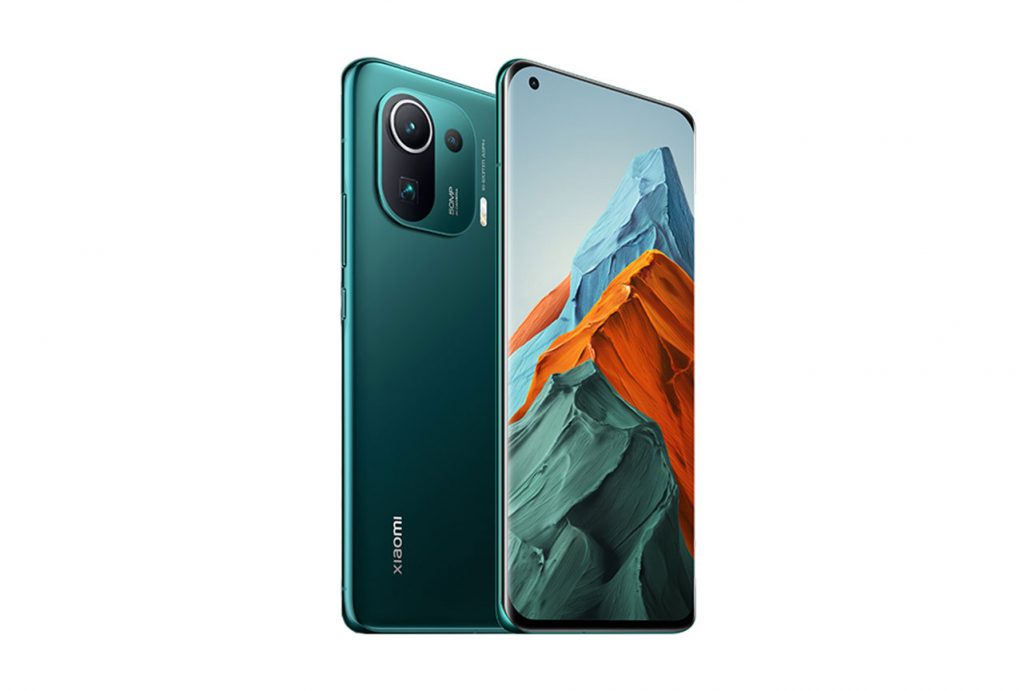







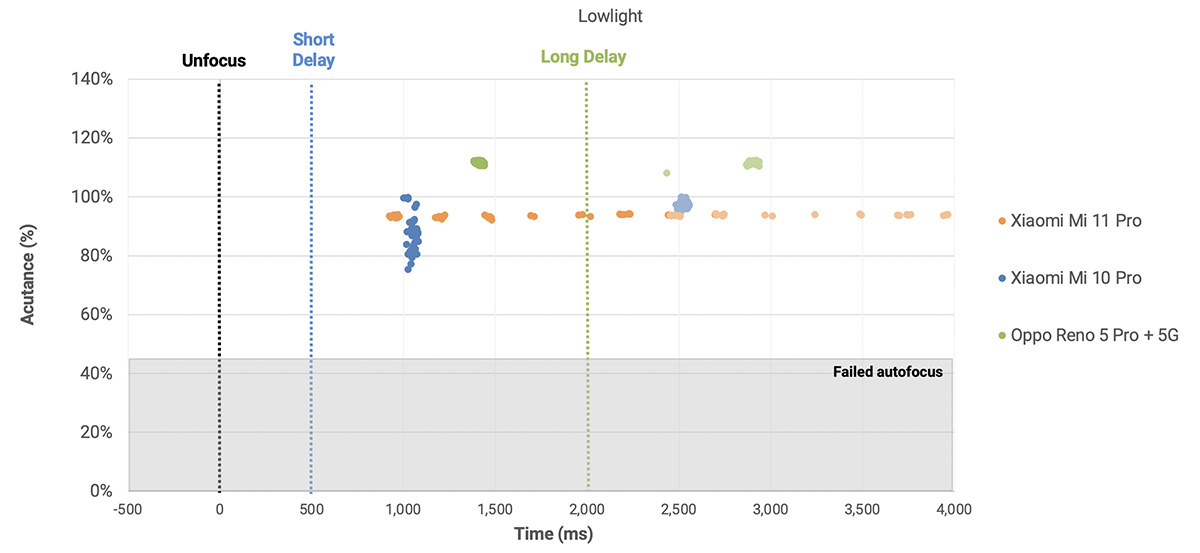






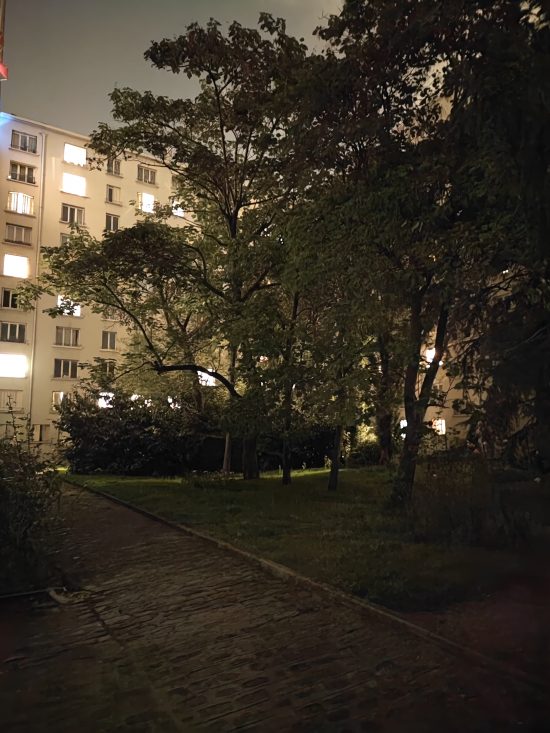
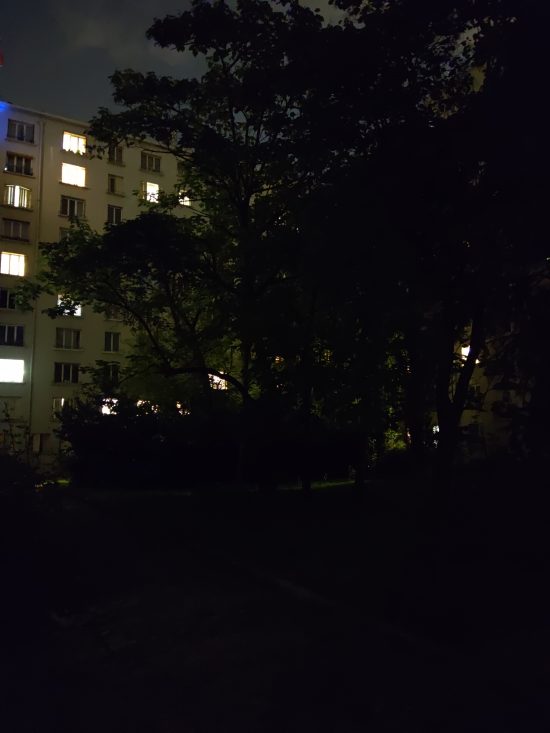
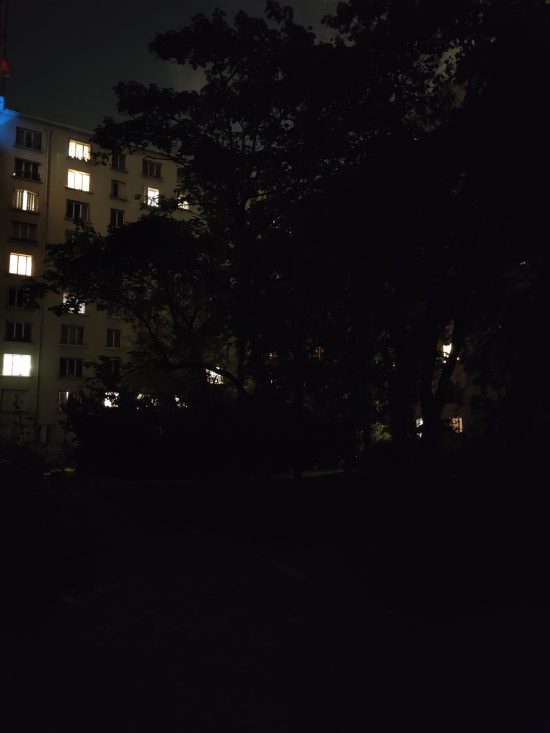

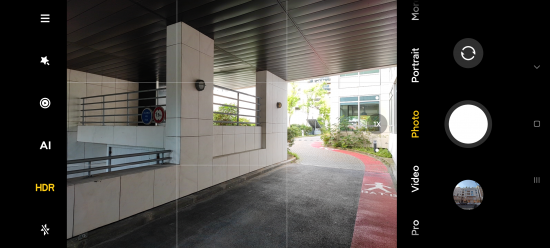
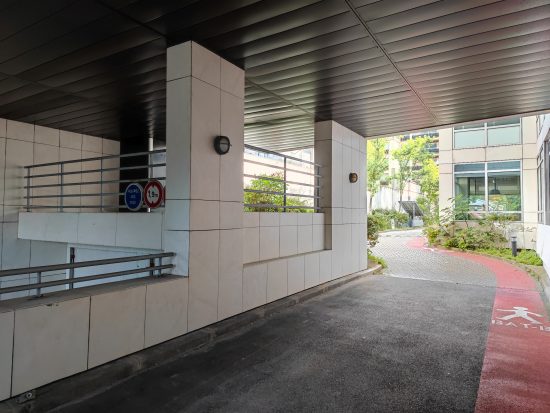



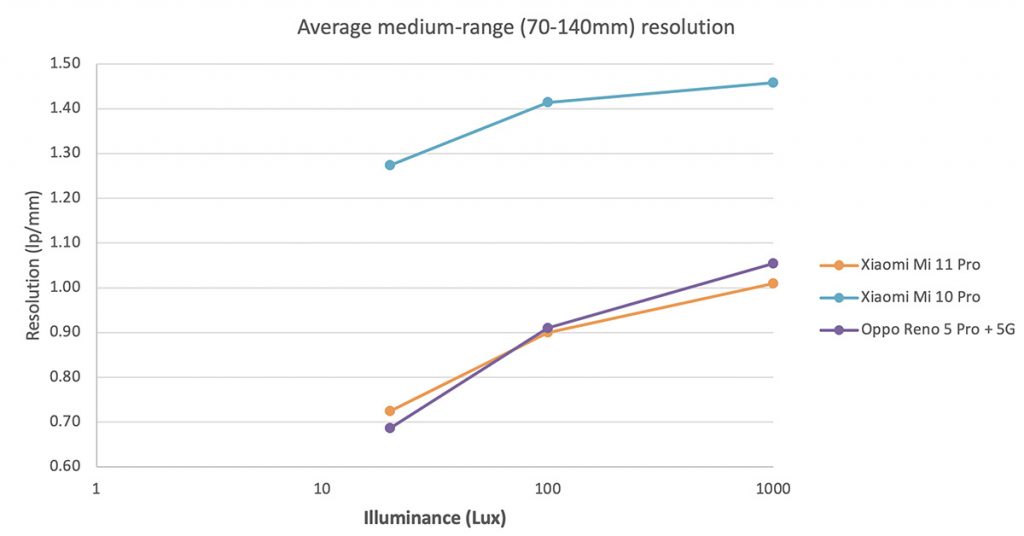





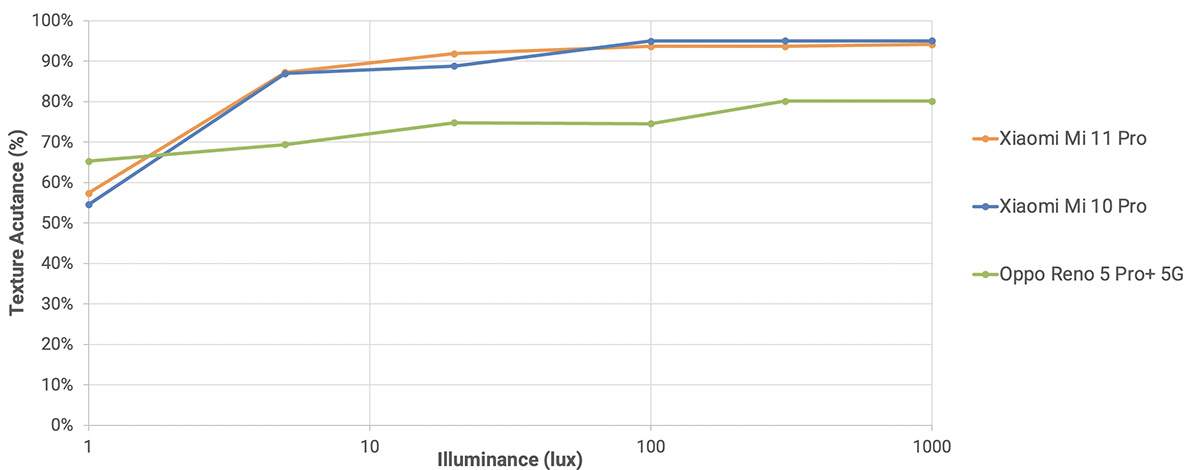
DXOMARK encourages its readers to share comments on the articles. To read or post comments, Disqus cookies are required. Change your Cookies Preferences and read more about our Comment Policy.